#lithium-ion
Next-Gen Toyota Prius Targeted For Stateside Production In 2015
With a rising yen and forecasted sales of 200,000 units, Toyota is looking to kick Prius production into high gear on North American shores.
Two Injured In Explosion At GM Battery
Two GM employees suffered injuries at the company’s Warren, Michigan battery research facility following an explosion and a small fire. Emergency crews were called to the scene at 8:45 A.M Wednesday, and found a small fire as well as two injured employees.
Another Plugin Problem: A123 Warns Of "Potential Safety Issue" With Fisker Karma Battery
In the ramp-up to the launch of the Chevy Volt and Nissan Leaf, a great debate seized the engineering community: was Nissan opening itself to problems by not including a active thermal management system for the Leaf’s battery pack, or was Chevrolet’s liquid-cooled approach simply adding unnecessary complexity? Well, thus far, the verdict seems to be in Nissan’s favor. Though Leaf has been troubled by some dissatisfaction with its real-world range, the Volt has endurd the first technical semi-scandal of the plug-in era, when federal regulators found that ruptured coolant lines could cause fires. Now the liquid-cooled approach is hitting its second challenge, as Fisker’s battery supplier A123 Systems is warning in a letter [ PDF] that
some of the battery packs we produce for Fisker Automotive could have a potential safety issue relating to the battery cooling system.
Ruh-roh!
This Is The Chevy Volt's Post-Crash Safety Protocol
TTAC has received the following protocol, developed by GM in the wake of the June Volt fire at a NHTSA facility in Wisconsin, from a GM source and has confirmed its legitimacy with a second GM source. Though the procedure may be refined based on the findings of NHTSA’s latest round of tests, it gives a good picture of what GM currently does to ensure the safety of Volt driver and passengers as well as rescue workers, towing company workers and salvage yards. And, I have to say, it puts some of my fears about this safety scare to rest. It hadn’t occurred to me that GM’s Onstar system could provide opportunities to respond to crashes in real-time, and apparently the system provides a wide variety of data with which GM’s “corporate SWAT team” can tailor its response to any Volt crash event. Hit the jump for the full procedure.
Volt And Consequences: GM Responds To NHTSA Volt Investigation
With NHTSA opening a formal defect investigation into the Chevy Volt, GM is moving to defend its rolling lightning rod (no pun intended) and allay consumer fears about its safety. Yesterday I briefly appeared on Fox Business’s Your World With Neil Cavuto show to talk about what the intro to my segment referred to as “the hybrid from hell” and the “killer in your garage.” I tried to explain that the danger to consumers was basically nil, and that the real concern is for rescue, towing and salvage workers. And I would have explained why NHTSA’s tests still leave some serious questions open, but my “fair and balanced” approach meant that my segment ended up being extremely short. So let’s take the opportunity now to look past the hysteria and pinpoint the real issues with NHTSA’s investigation into the Volt.
NHTSA Triggers "Thermal Events" In Volt Batteries, Opens Formal Investigation
NHTSA has has opened a formal defect investigation into the Chevrolet Volt, on the grounds that
Intrusion in a crash may damage the battery, which may result in a substantial thermal reaction and fire
We knew that NHTSA was already looking in to this type of defect after an earlier test incident, but the official investigation resume [ PDF] lists three separate thermal events that have occurred as a result of NHTSA tests. Hit the jump for the official explanation of this sequence of events.
About Those Chevy Volt Safety Protocols…
I caught hell from a number of TTAC’s Best and Brightest five days ago, when I blogged about the Chevrolet Volt fire at a NHTSA facility but failed to initially note GM’s response. At the time, GM’s Greg Martin said
GM has safety procedures for handling the Volt and its battery after an accident. Had those been followed, there wouldn’t have been a fire.
At the time, a number of readers accused me of bias for not including Martin’s response at first. Eventually I conceded that this was some worthwhile perspective for the story, but I cautioned that it only represented the opinion of one GM employee. Whether or not NHTSA actually followed those procedures remained an open question… until now. Automotive News [sub] is reporting that NHTSA couldn’t possibly have followed those procedures, nor indeed could anyone else, for the simple reason that GM failed to share them with anybody. So not only is the NHTSA fire being blamed on the fact that government regulators were not given the necessary safety procedures, but it turns out that rescue workers, salvage yards, towing companies and the like were not taught how to discharge the Volt’s battery either. In other words, this NHTSA crash was an important eye-opener for the Volt team.
Chevy Volt Catches Fire After Crash Test, Investigation Under Way
The Chevy Volt fire rumors started early this week, when the utility company Duke Energy told its customers to stop using their Chevy Volt home chargers after an October 30 fire. At last word, NHTSA said that
No conclusions have yet been reached regarding the cause of the fire. We are continuing to monitor the situation.
But it seems that the investigation is coming home, as Bloomberg just reported that a Chevy Volt caught fire at a NHTSA facility, shortly weeks after being crash tested.
The Volt caught fire while parked at a National Highway Traffic Safety Administration testing center in Wisconsin, three weeks after a side-impact crash test, said an agency official. The official, as well as the three other people familiar with the inquiry, said they couldn’t be named because the investigation isn’t public.
The fire was severe enough to burn vehicles parked near the Volt, the agency official said. Investigators determined the battery was the source of the fire, the official said.
Ruh-Roh!
Review: 2012 Infiniti M35h Hybrid
Let’s face it, hybrids are boring. They are slow, complicated, come with hard tires and soft suspensions, sloppy handling, and they look weird. We’ve heard the story before: this hybrid is different. First Lexus gave us the GS and RX hybrids claiming V8 performance with V6 fuel economy, but the result was more like V6 performance with V6 economy, not really a great sales pitch. Still, hybrids sell well and with Infiniti marching towards mainstream luxury success they “need” a hybrid. Of course, with Infiniti aiming to be the “Japanese BMW”, performance is obviously a prime concern, so the claim from Infiniti that the M35h will deliver “V8 performance and four-cylinder economy” was expected. But is it another case of leather clad disappointment? Let’s find out.
GM, LG Team Up For "Single Purpose" EVs. Will Mark Reuss Let His Kids Drive One?
GM tightened its ties with Volt battery cell provider LG this week, announcing a deal to jointly develop next-generation electric vehicles. GM, along with the other Detroit-based OEMs, have been seeking closer ties with their suppliers, and as the JoongAng Daily reports, this deal helps LG at a time when the Korean conglomerate has been struggling
Two of LG’s pillars – LG Electronics and LG Display – are floundering. LG missed the boat on smartphones and persistently-low prices of display panels have plagued LG Display.
LG officials are hoping the EV project will give it momentum.
And though it’s no surprise that GM wants to move into the pure-EV market, its gamble on the extended-electric Volt has backed it into something of rhetorical corner.
Your Tax Dollars At Work… On Korean Battery Dependence
GM and its Korean battery partner LG Chem have signed licensing agreements with the Department of Energy’s Argonne National Laboratory, giving the two firms access to Argonne’s proprietary lithium and manganese-rich metal oxide mix for use in lithium battery cell cathodes. The material will need “several years of testing” according to The General, but could extend battery life, increase charging voltages and storage, and make Li-ion cells safer. Energy Secretary Stephen Chu says GM’s agreement with the publicly-funded lab
gives General Motors the ability to use cutting-edge battery technology throughout its supply chain. The licensing of this technology will also spur the renewal of the American battery industry, creating hundreds of new jobs where they are needed most.
But that’s not quite the whole story. According to press releases, GM’s deal with Argonne allows the automaker to
to use Argonne’s patented composite cathode material to make advanced lithium-ion batteries
But LG Chem’s agreement allows the Korean firm
to make and use Argonne’s patented cathode material technology in lithium-ion battery cells
In short, a publicly-funded lab has licensed technology in a way that appears to deepen the (partially) government-owned automaker’s dependence on a foreign firm. Confused? So is the mainstream media. And so, to some extent, are we.
VW's Martin Eberhard Promises 500 Mile Range EVs By 2020
Not long ago, we explored the possibility of Audi taking out Tesla with its forthcoming brace of e-Tron electric sportscars. What we didn’t realize fully at the time, is how directly VW is going after Tesla. At a recent visit to Volkswagen’s Silicon Valley Electronic Research Lab though, I was shown the slide above, which represents the battery packs for the forthcoming e-Tron and e-Up EVs… and it suddenly hit me that Tesla founder Martin Eberhard was applying Tesla’s multi-cell strategy at Volkswagen, essentially duplicating Tesla’s work with the backing of a major OEM. Now, Eberhard is talking to Autocar, and he says that his Tesla-style multi-cell powerpacks could offer 500 miles of pure electric range within ten years. If he’s right, the other OEMs who are focusing on prismatic Li-ion cells are in for a rude surprise… and Tesla had better start making some progress.
Fiat/Chrysler EV Program Loses Battery Supplier A123
Nissan Leaf Battery Packs Break The $400/kWh Barrier
AutoblogGreen‘s Sam Abuelsamid earns a tip of the blogger’s hat today for making sense of a fascinating nugget in a Times of London piece on the Nissan Leaf. The revelation by Nissan EV honcho Andy Palmer to the British paper that Leaf battery packs cost £6,000 (about $9k) to produce could have been missed, buried as it was near the bottom of the story. Not only did Abuelsamid catch it, he calculated that the Leaf’s 24 kWh lithium-ion battery costs break down to a staggeringly cheap $375 per kWh. How cheap is that, relatively speaking? Apparently cheap enough to send Li-ion startup A123 Systems’ stock to record lows according to the WSJ [sub]. More price-comparison context and some insight into how Nissan might have beaten those costs down after the jump.
Volt Birth Watch 183: A Crucial Clarification
In case you were wondering, Ed Whitacre’s assessment that the Volt will “make a margin” at a price point “in the low 30s” is the GM Chairman/CEO’s second big lie in as many weeks. Well, lie might be a bit harsh. Gross and willful misrepresentation is probably more accurate. GreenCarReports‘ John Voelcker got in touch with a GM spokesman who confirms what we all pretty much knew from the get go: GM “has not officially announced final Volt pricing, a price in the low 30’s after a $7,500 tax credit is in the range of possibilities.” In other words, we’re back to the same old $40k-ish number that GM execs have been throwing around for ages. Unless GM is talking about the electric-only (non-range-extended) Volt that Bob Lutz recently confirmed. But what about the margin thing?




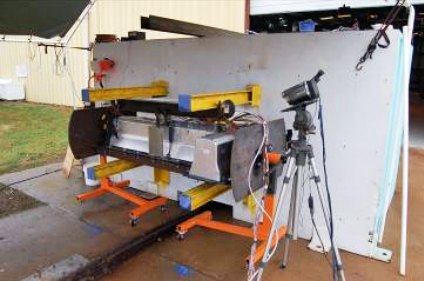
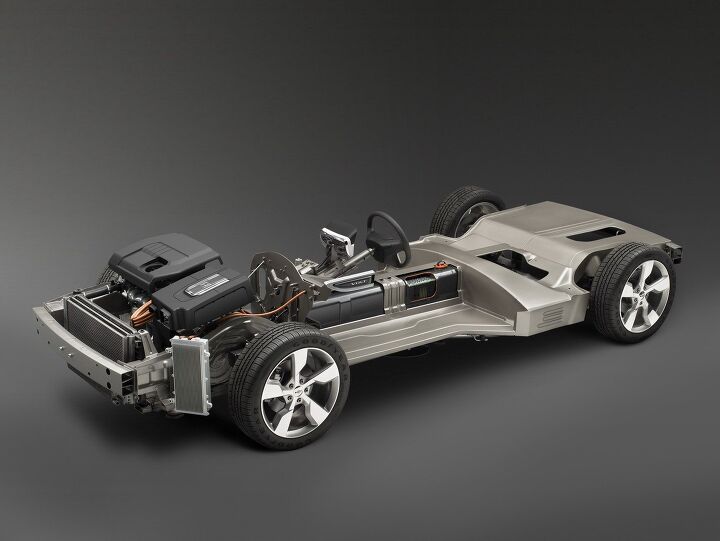

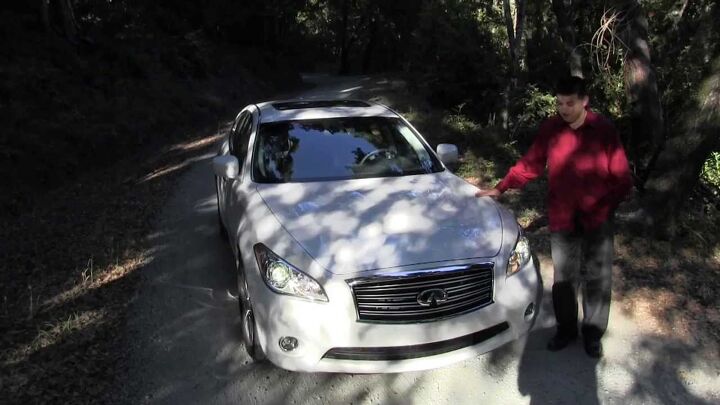

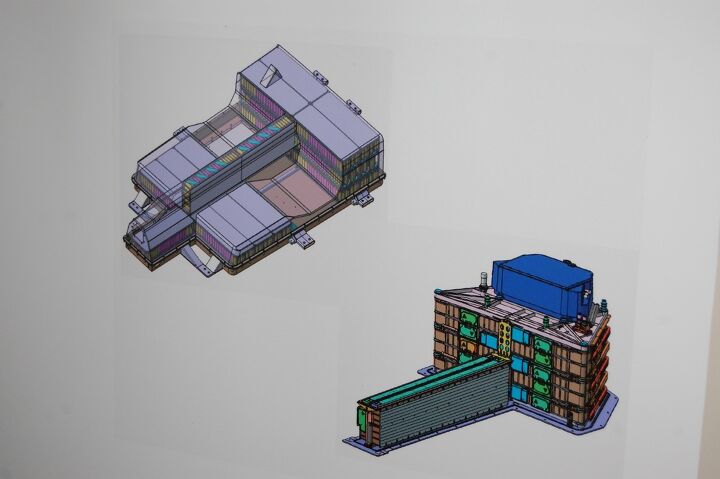
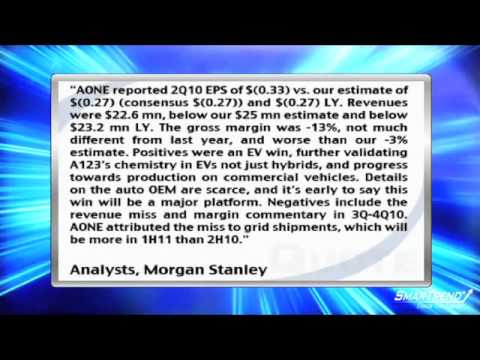
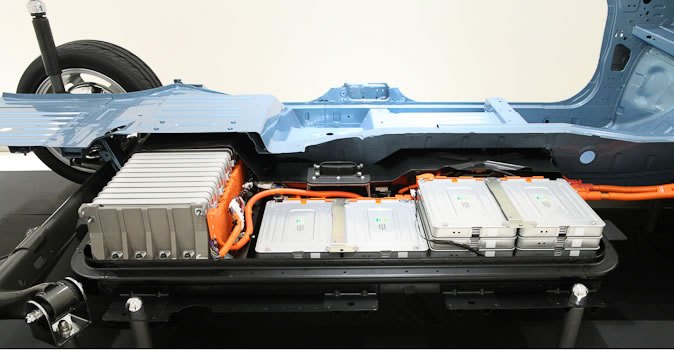













Recent Comments